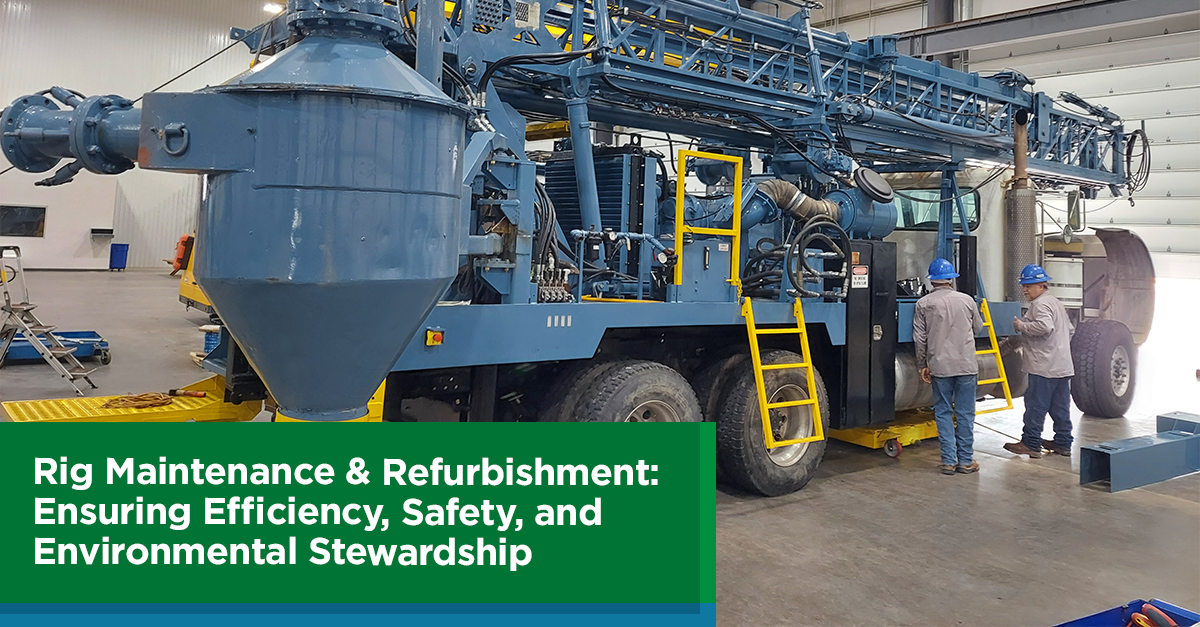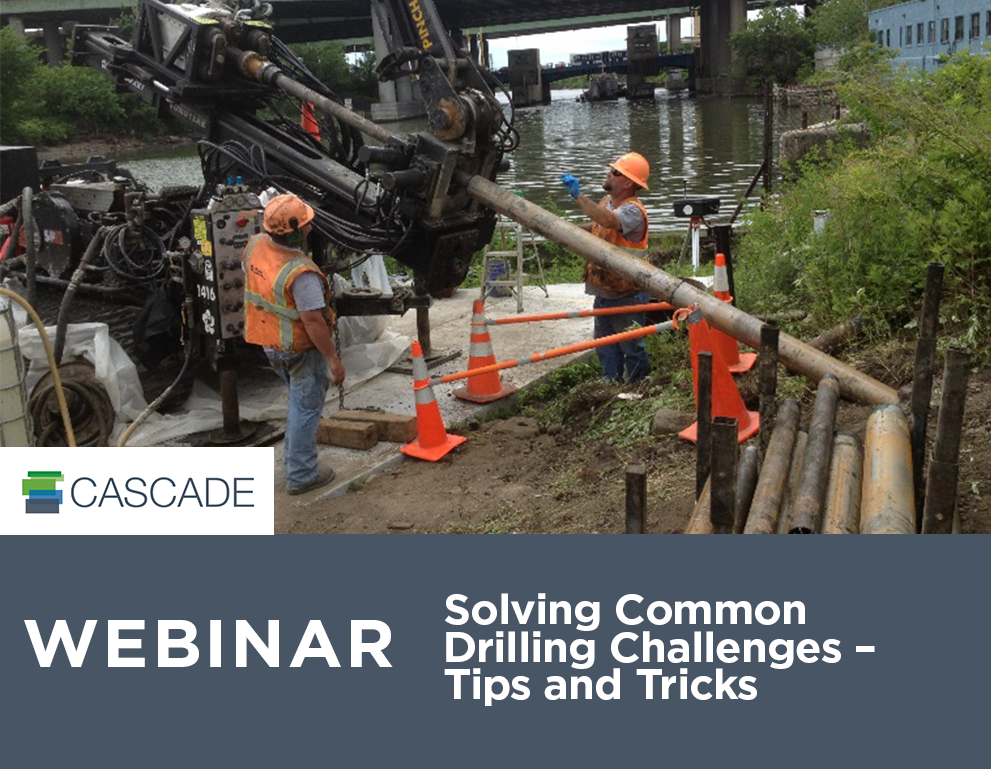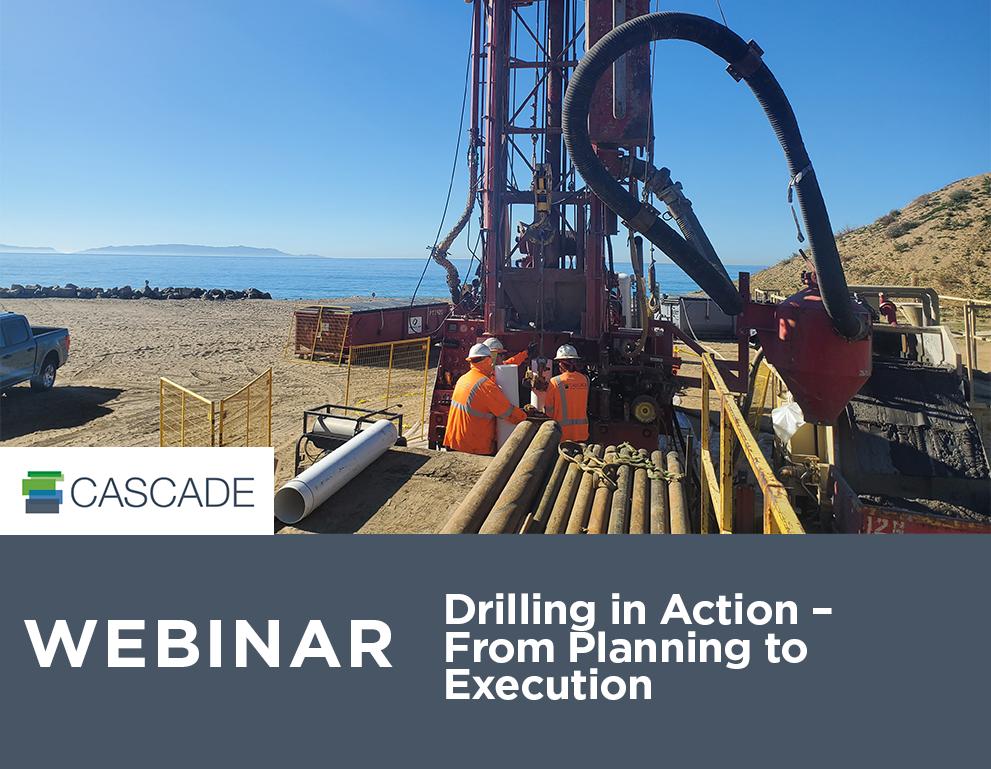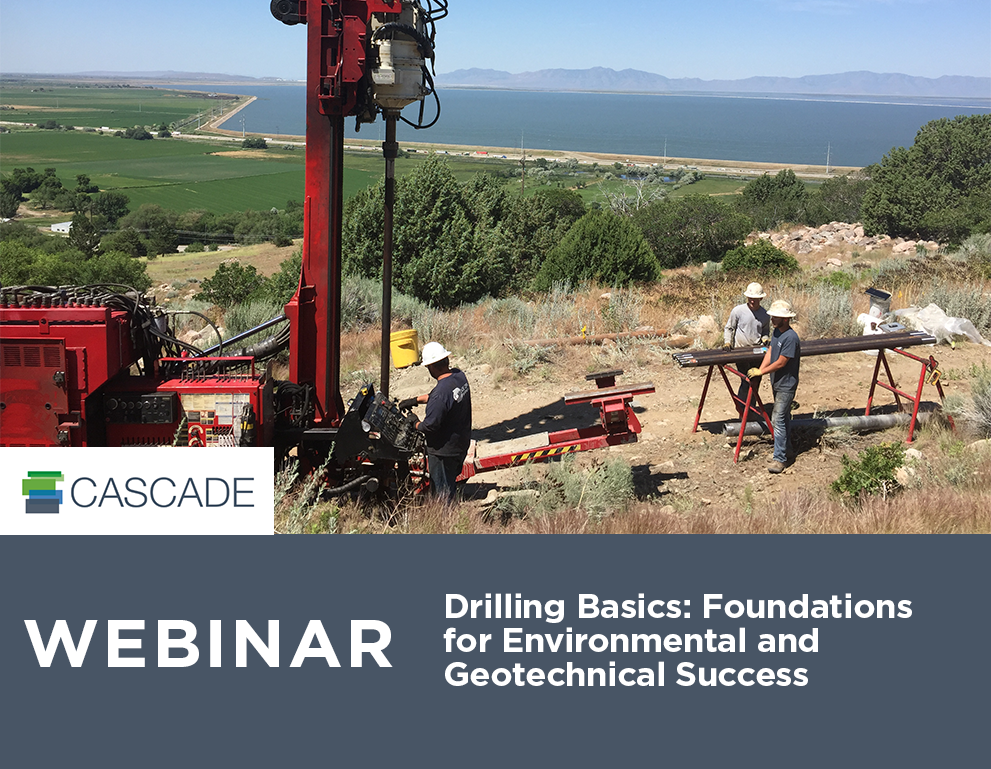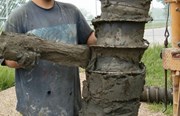Avoiding Cross Contamination: What You Need to Know About Drilling and Characterization on PFAS Sites
By: Rob DanckertThe number of sites requiring PFAS investigation is growing annually across both private and public sectors. One of the biggest concerns during the characterization stage of these sites is cross-contamination. Contractors play a crucial role in minimizing the risk of PFAS compounds contaminating samples through drilling tools. If proper care isn’t taken, contaminated samples could lead to biased or false positive results in laboratory analysis.
In this blog post, I’ll cover potential points of cross-contamination you should be aware of, so you can evaluate if your drilling and site characterization contractors are properly managing the risks of a potentially PFAS-contaminated site.
For a deeper dive into cross-contamination concerns during characterization, watch our on-demand webinar, "PFAS 101: Characterization Technologies and Best Practices." I was joined by Remediation Expert, Eliot Cooper, and Technical Expert, Casey Moore, who discussed PFAS characterization technologies, requirements, and best practices.
Key Points of Cross-Contamination
Drilling Media
Many drill rigs require air or water to advance the drill tooling and bring cuttings to the surface. Both media can act as conduits for PFAS-containing components within the rig, potentially transferring contaminants to the subsurface or samples. Contractors experienced with PFAS sites should explain their methods to eliminate this risk—so ask them about it!
Drill Rig Components
Even if the water source is PFAS-free, components of the drill rig might contain PFAS. In a 2015 study, Cascade found that some parts, such as rubber stators, bushings, and O-rings, had the potential to contain PFAS. While these components couldn't be removed from the rig, equipment "blank" samples can be taken to check for contamination. Your contractor should understand which equipment parts might contain PFAS and coordinate with you to collect these samples.
Portable Bladder Pumps
These pumps, used for groundwater sampling, can sometimes contain PFAS in older bladders and O-rings. Although most manufacturers have replaced these materials, it’s crucial to confirm this with your contractor.
Lubricants
Pipe thread and air hammer lubricants used on drill rigs are likely to contact drilling media or samples. Ensure that your contractor uses bio- or food-based lubricants without PFAS compounds.
Air Compressors
Air compressors, used for borehole advancement, sometimes rely on oil-lubricated pistons. If the compressors aren't well-maintained, there’s a risk of lubricating oil (potentially containing PFAS) entering the air stream and contaminating samples. Ask your contractor about compressor maintenance and oil types used.
Additional Resources
This blog post covers common points of PFAS cross-contamination but is not exhaustive. There are many ways cross-contamination can occur. For more questions about cross-contamination or other aspects of dealing with PFAS on a project site, watch our on-demand webinar or talk to one of our drilling experts .
ABOUT THE AUTHOR

Rob Danckert
Key Accounts Manager
[email protected]
Rob Danckert is the northeast sonic drilling estimator at Cascade. He focuses his 20 years experience in the drilling industry by collaborating with clients to ensure project goals and objectives are met during procurement. Rob is a licensed professional geologist in New Hampshire, where he lives with his wife and two young children, and serves as a call firefighter in his town.



